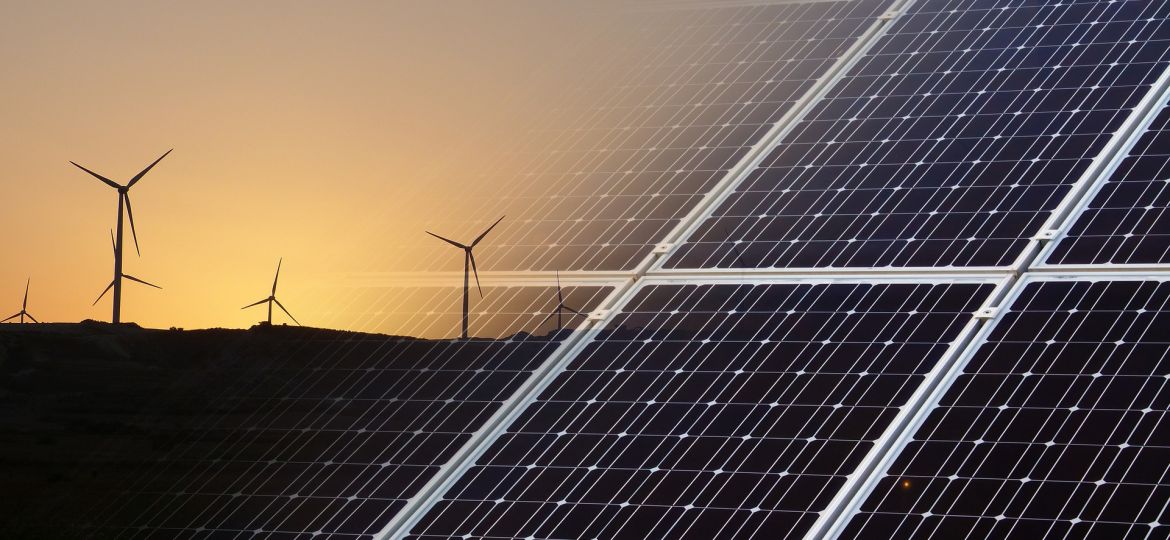
A new solar garden in east Faribault will open by the end of the year, part of Minnesota’s sprint towards carbon-free electricity. The garden will allow neighboring counties the opportunity to save money on their energy bills by investing in locally-sourced solar power.
The Rice County facility will operate under a cooperative model, where residents from Rice, Dakota, Goodhue and Scott counties can pay $25 to access the solar garden’s energy through their subscriptions to Xcel Energy, according to a Nov. 6 article in the Lonsdale News Review. The facility is built on the property of an area farmer after discussions between the property owner and Cooperative Energy Futures, a Twin Cities energy co-op.
Many solar gardens in Minnesota are relatively tiny facilities on four acres of farmland. Despite their small size, these facilities have a significant impact on the surrounding community. Solar gardens allow people to utilize solar energy in their homes without requiring them to install solar panels of their own. For residents who wish to minimize their carbon footprint but live in forested areas or lack the means to install their own photovoltaic system, solar gardens are indispensable.
Minnesota has one of the largest solar garden programs in the nation, generating more than 500 megawatts of solar power each year. They account for 58 percent of Minnesota’s solar capacity, according to a report issued by the Minnesota Department of Commerce.
Independent organizations such as Cooperative Energy Futures manage the development of new solar gardens across the state. These organizations use solar gardens to provide companies like Xcel Energy with an eco-friendly alternative to the combustion of fossil fuels.
While coal remains Minnesota’s largest source of electricity, renewable energy sources like wind and solar are becoming increasingly popular. Xcel Energy offers the nation’s largest community solar program from its headquarters in Minneapolis. The company encourages its customers to subscribe directly to solar gardens. In their monthly bills, the company issues reimbursements for the solar energy each subscription contributes to the Xcel Energy grid.
Xcel Energy is discontinuing its largest coal-fired electricity plants and switching to more sustainable sources of power. This year, 29 percent of the company’s energy comes from renewable sources. By 2050, they plan on providing 100 percent carbon-free electricity.
This company’s movement toward renewable power reflects a larger shift toward environmentally-conscious living. The shift has challenged groups to become more conscious of their energy usage, St. Olaf College included.
Numerous groups at St. Olaf have spoken out against the College’s fossil fuel investments. The Environmental Coalition takes a public stance against the fossil fuel industry and advocates for public education on climate change, while the Climate Justice Collective has pushed for the College to divest its endowment from fossil fuel companies.
Within the larger Northfield community, the recently-approved Climate Action Plan suggests a way for the town to run on 100 percent carbon-free electricity by the year 2030. The development of a new solar garden in Rice County further predicts a future of continued sustainability for Northfield and surrounding communities.

